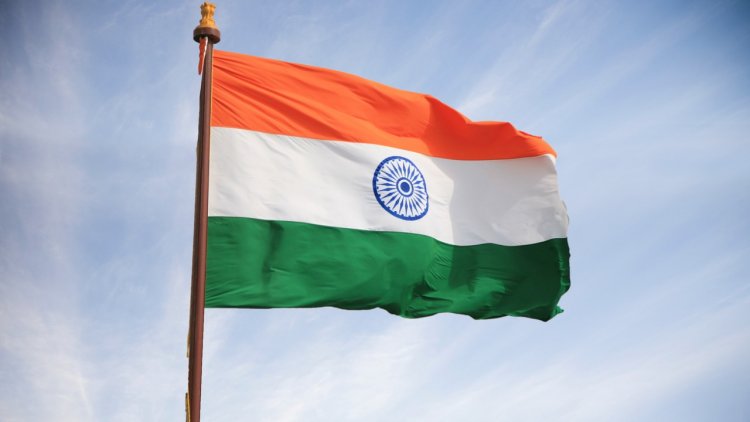US’ Indo-Pacific Strategy: Good for India
STORIES, ANALYSES, EXPERT VIEWS

The tempered tone of the recent Indio-Pacific Strategy (IPS) released by the White House, in the view of Tara Kartha (Distinguished Fellow at the Institute of Peace and Conflict Studies, New Delhi) “indicates a new reality; that like it or not, China is a power to contend with, and that neither the United States nor anyone else is likely to take up the cudgels against it. This is a ‘let’s learn to live together’ document, which will annoy China watchers, even as it centres on the need for everyone to work together while elevating India as a leading partner in this thrust. It’s not entirely a good thing…….”
Policy paper
The Indo-Pacific Strategy is not a US Congressional requirement but is a “pure policy paper flowing almost entirely from the decision of the Joe Biden administration to upgrade the Quad to a summit level and give final shape to its policy in a region that it recognises as vital….."
The document follows a dual-track writes Kartha. “On the one hand, it conveys US’ determination to strengthen itself in the Indo-Pacific region, and on the other, it tempers this by noting: ‘Our objective is not to change the PRC [People’s Republic of China] but to shape the strategic environment in which it operates, building a balance of influence in the world that is maximally favourable to the United States, our allies and partners’. The usual reference to ‘competing’ with China remains with the difference that the document right at the very beginning notes PRC’s coercion of all neighbours including India — a detail that should please Indians annoyed at a seeming indifference of the US to its lone fight in Ladakh.”
The Indo Pacific plan
Against China: The first in priority is obviously the Free and Open Indo Pacific (FoIP) to be implemented together with five Treaty partners, and nine regional partners, all of whom will be encouraged to tie in with each other, and build ‘bridges’ to Europe.” This is against China, says Kartha.
Economic framework: An ‘economic framework’ for shared prosperity is planned in an obvious counter to the Belt and Road Initiative (BRI). The regional infrastructure thrust is to be carried through the G-7.
Dealing with ‘transnational threats’ like climate change: Then there is a commitment to work with partners on ‘transnational threats’ like climate change. Kartha reminds that “energy transition is now big money, with as much as $173 trillion expected to drive this, and requiring not just rare earths but also other less famous elements like cobalt, for instance, used in batteries and demand for which is expected to jump by about 70%. To get all of this, you need others, and that applies to the US as much as India.”
No reference to terrorism: “Notably, there is no reference to terrorism — a major transnational threat for India….”
Dealing with the security in the Pacific
The key issue of security is to be met by ‘Integrated Deterrence’, that is, cyber, space and emerging technologies, with the core requirement being that all work together. This includes the objective to ‘steadily advance our Major Defense Partnership with India and support its role as a net security provider’. That sounds interesting, writes Kartha. There is a ‘Pacific Deterrence Initiative’ to be unveiled soon and a Maritime Security Initiative, which will probably be outlined in separate policy papers .
An entire section on India
The main aspect that will make Indian security experts cheer, according to Kartha “is a complete section on India labelled ‘Support India’s continued rise and leadership’. It places the country largely in the ‘South Asia’ bracket, but with ‘leadership’ in the Indian Ocean, and to be ‘active and connected’ to South East Asia, and a ‘driving force’ in Quad and other regional fora…..”
There is also “a sharing of satellite information for maritime domain ‘awareness’ – which, in simple words, means that a sharp eye will be kept on any movements in the Indian Ocean area, which suits India admirably, and is, in some ways, already up and running with a Maritime Security Coordinator appointed recently. When this ‘awareness’ is detailed and extensive, it moves from ‘information’ to ‘intelligence’……”
For India, there are many positives therefore. “There is money to be made in cooperation, particularly as a cheap alternative supply base along with possible access to technology……But muscling about in the Indo-Pacific, notwithstanding a rise in the Indian Navy’s budget, is going to be expensive in other ways.”
In response, Beijing will “choose to prime up Pakistan with more weapons to keep India embroiled in the West, even as it keeps up the pressure in the north. China is foolish like that, unable to see that such actions are pushing India more into the US embrace…..”
















